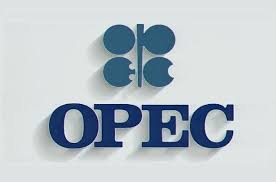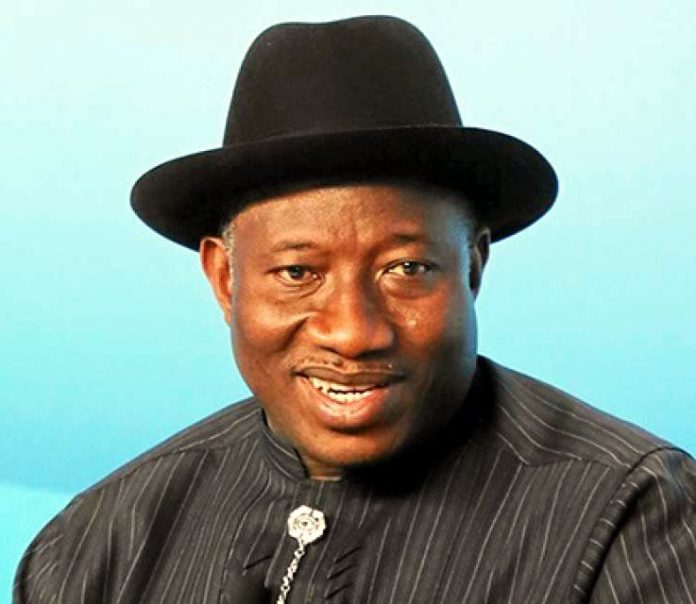OPEC Meeting To Set February Production Levels

Members of the OPEC group of oil producers and their partners are meeting via video conference Monday to decide production levels for February, which it hopes to continue boosting.
The OPEC+ ministerial meeting comes after the Covid-19 pandemic tanked the market for crude in 2020 and had a delayed start, finally kicking off at around 1530 GMT.
Despite a slight recovery of prices towards the end of last year, the 13 members of the Organisation of the Petroleum Exporting Countries (OPEC), led by Saudi Arabia, and their ten allies, led by Russia, are still suffering under a highly volatile market.
After their last videoconference summit, held from November 30 to December 3, the OPEC+ members agreed to raise production levels by half a million barrels per day in January.
At the same meeting, OPEC+ agreed to meet at the beginning of each month to decide on any adjustments to production volumes for the following month.
That agreement “paved the way for a gradual return of 2 million barrels per day to the market over the coming months,” OPEC’s general secretary, Mohammed Barkindo, said on Sunday.
Analyst Helima Croft from RBC said on Monday that given continuing uncertainty over coronavirus vaccine rollouts and climbing infection figures in many countries, OPEC and its allies would “likely play it safe and forego any additional output increase for now”.
Speaking at the beginning of Monday’s meeting, Saudi Energy Minister Prince Abdulaziz bin Salman told his counterparts that “as we see light at the end of the tunnel, we must at all costs avoid the temptation to slacken off in our resolve”.
At the risk of being seen as a “killjoy”, he emphasised continuing uncertainty and fragile demand and urged others: “Do not put at risk all that we have achieved for the sake of an instant but illusionary benefit.”
– Stumbling blocks –
OPEC members typically meet twice a year at the cartel’s headquarters in Vienna, but last year, summits were scheduled more frequently to maintain a strong influence on the oil market amidst the pandemic.
Despite demand remaining uncertain, analysts have said that OPEC+ demonstrated that it can manage the market.
Prices for both North Sea Brent Crude and West Texas Intermediate (WTI) crude hit ten-month highs on Monday, at $53.33 and 49.83 respectively, but have since pulled back and were down in afternoon trading in Europe.
Though far lower than the prices seen at the start of 2020, crude is well up on the lows seen last year, particularly in March, when Moscow and Riyadh embarked on a brief but intense oil price war that caused prices to plummet.
Russia and Saudi Arabia are respectively the second and third biggest oil producers in the world after the United States.
On April 20, WTI crude collapsed to minus $40.32 per barrel — meaning producers paid buyers to take the oil off their hands.
Relations between the two oil giants have eased since then, with the Russian and Saudi energy ministers meeting in mid-December in a display of unity.
It remains difficult, however, to predict the evolution in demand due to developments in the pandemic.
Despite the heft of the OPEC+ club, countries outside the system have a major impact on the oil market; principally the United States which is still producing 11 million barrels of crude per day.
AFP







